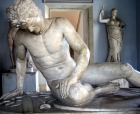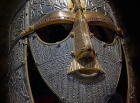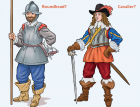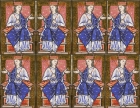Using Sources
It is important to use a wide range of sources such as pictures, artefacts, music and sights. Children will use these to build up their enquiry thought and processes and to build up their understanding of past.
Sort by:
Date (Newest first) | Title A-Z
Show:
All |
Articles |
Podcasts |
Multipage Articles
-

'Doing Local History' through maps and drama
ArticleClick to view -

A Beginner's Guide to using visual image in primary schools
ArticleClick to view -

A History of the World: 100 objects that tell a story
ArticleClick to view -

A Local History Toolkit
ArticleClick to view -

A creative Egyptian project
ArticleClick to view -

A history of the world - 100 objects that tell a story
ArticleClick to view -

A museum in the classroom: Learning history from objects
ArticleClick to view -

A trail of garnet and gold: Sri Lanka to Anglo-Saxon England
ArticleClick to view -

A view from the KS1 classroom - investigating an artefact
ArticleClick to view -

A view from the classroom: Teachers TV, The Staffordshire Hoard And 'Doing History'
ArticleClick to view -

An Olympic Great? Dorando Pietri
ArticleClick to view -

An approach to teaching the British Civil Wars in the primary classroom
ArticleClick to view -

Ancient Sumer
ArticleClick to view -

Anglo-Saxon Women
ArticleClick to view -

Archaeology and the Early Years: The Noah's Ark Experience
ArticleClick to view -

Archives in Primary History
ArticleClick to view -

Artefacts and art facts: images of Sir Francis Drake
ArticleClick to view -

Artefacts handling at Brunel's SS Great Britain
ArticleClick to view -

Artefacts in history education
ArticleClick to view -

Artefacts in the neighbourhood
ArticleClick to view

